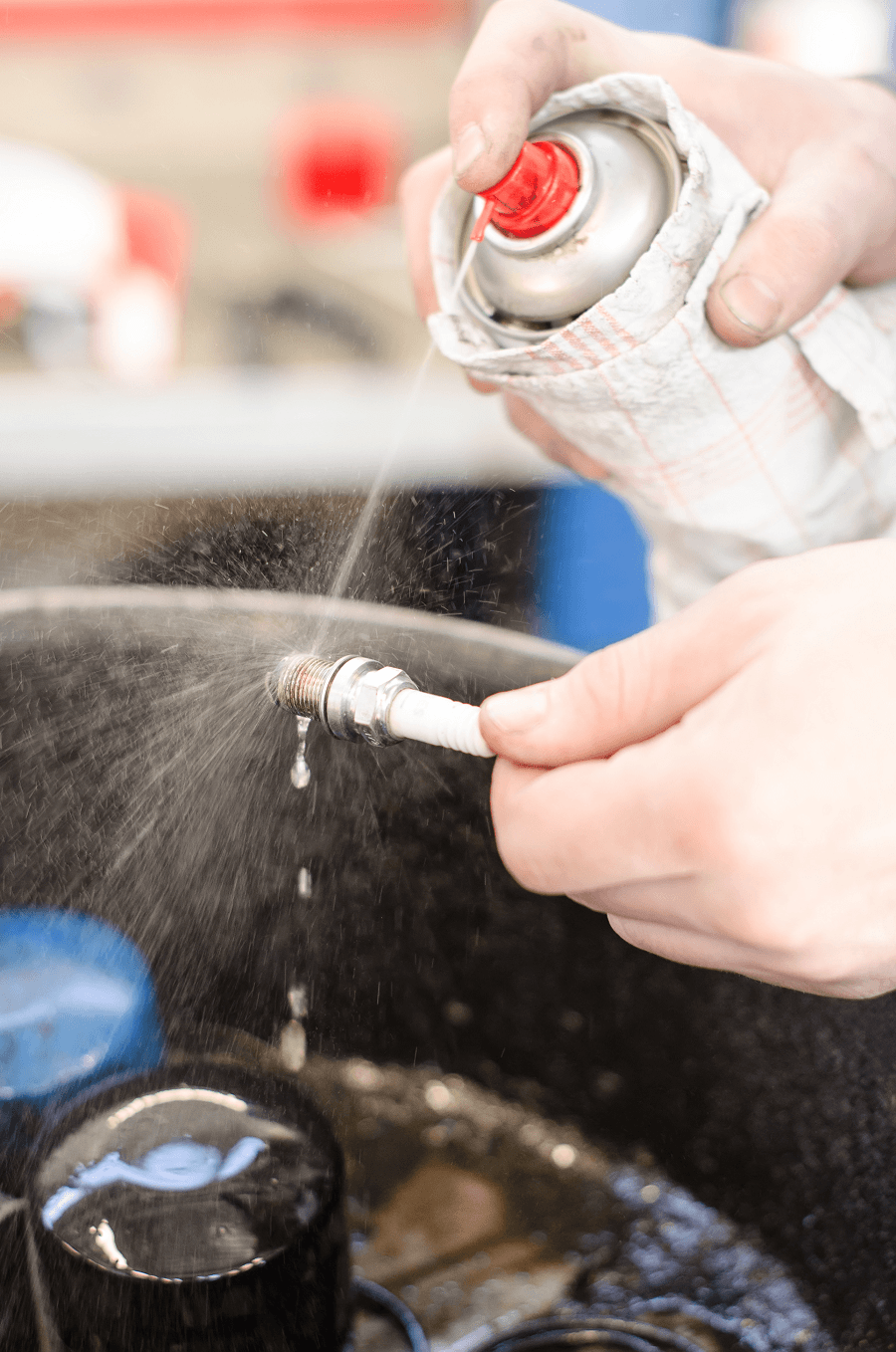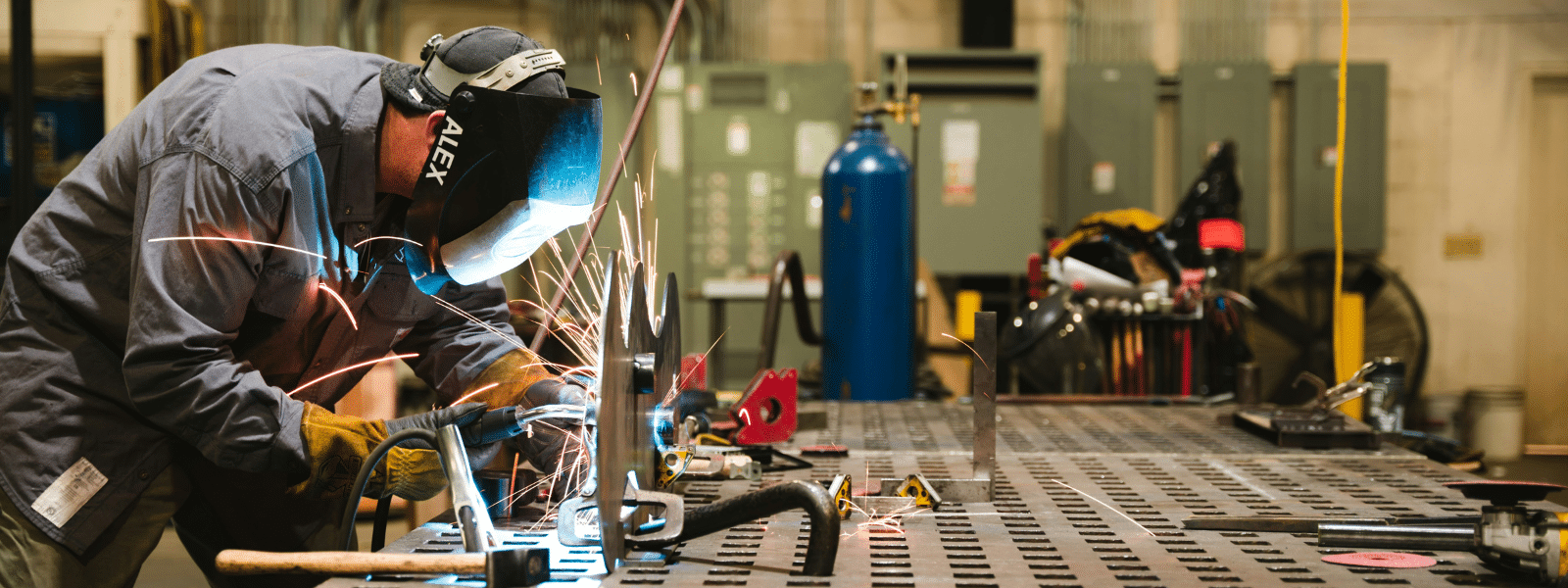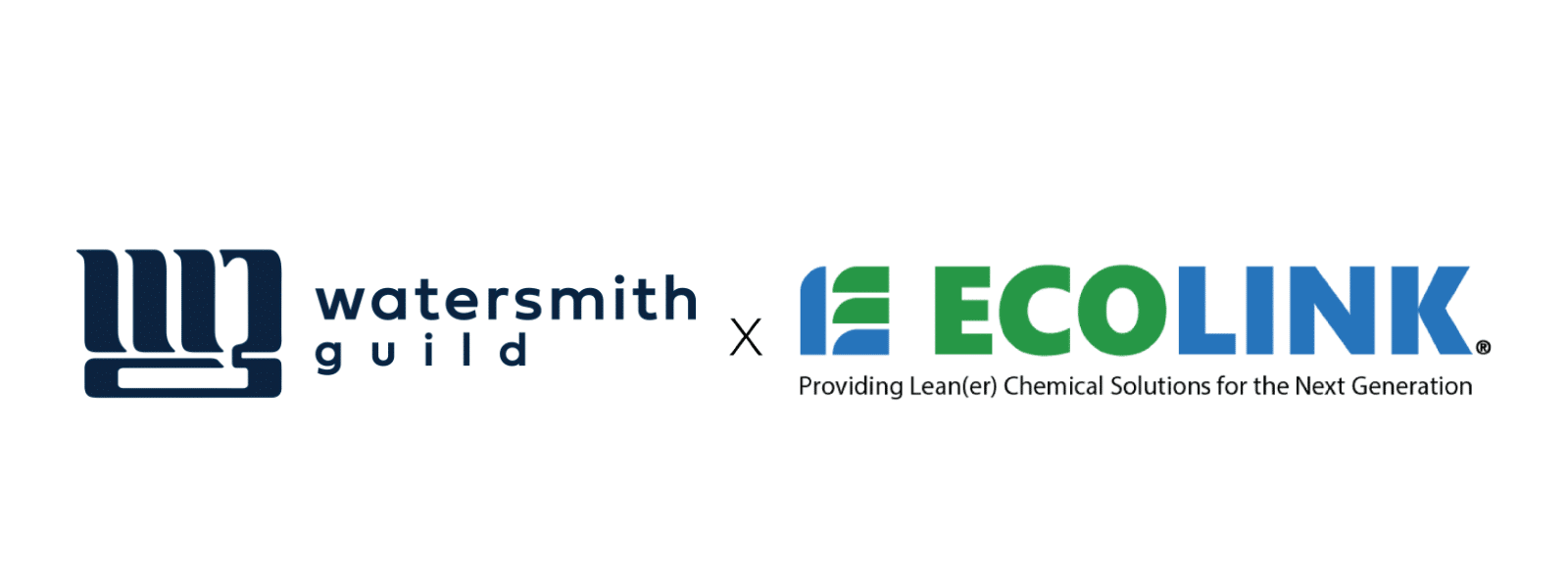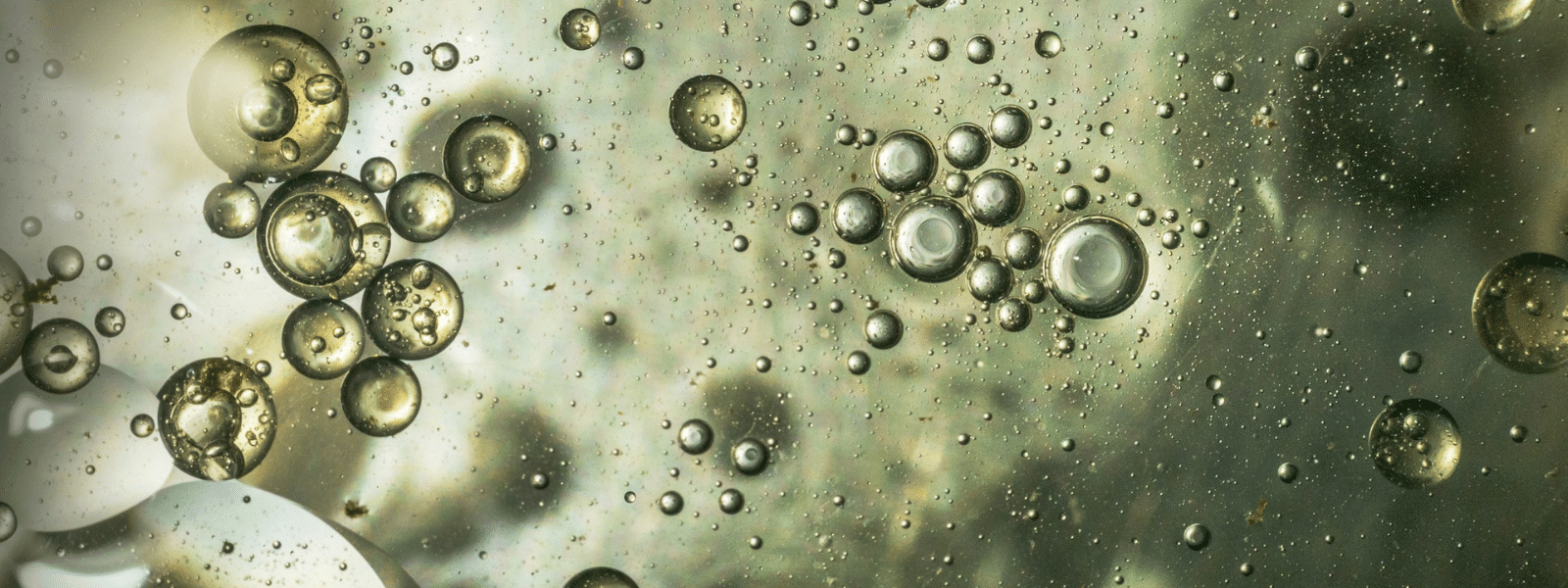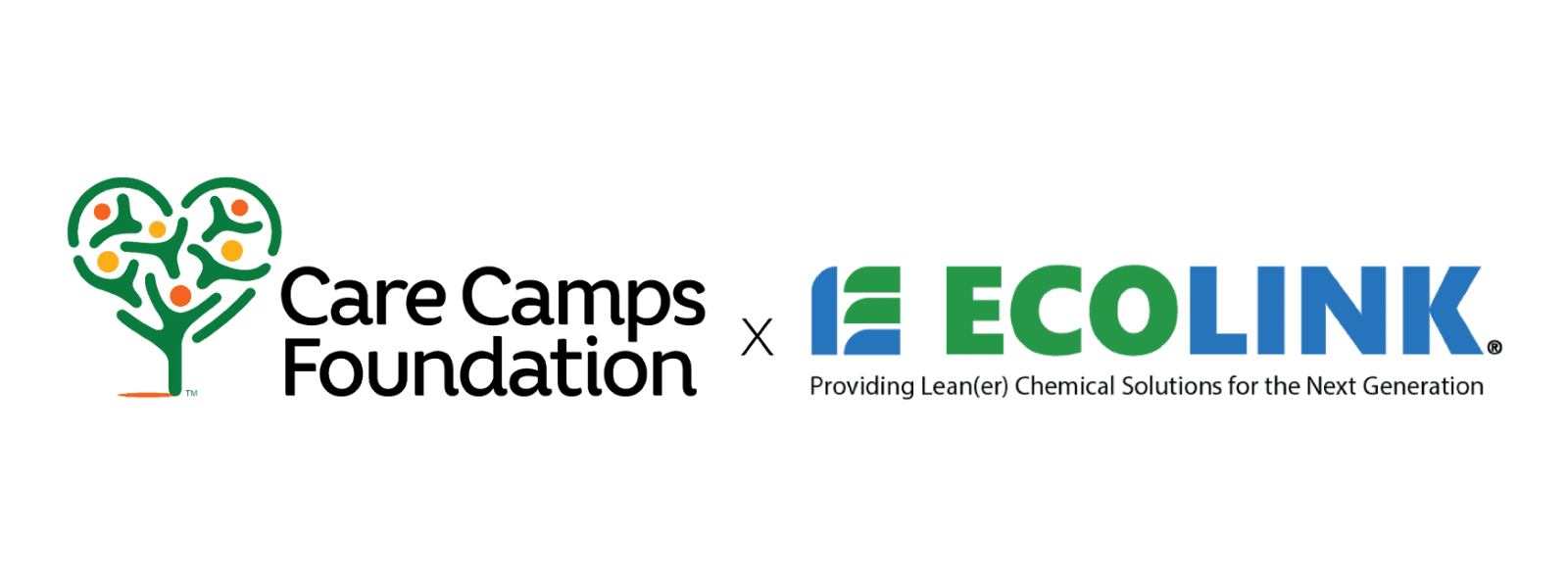We typically associate the term “aerosol” with liquid that’s compressed in a spray can that emits a fine mist when we press a button on top of the can. However, nature and not humans created the first aerosols. Technically, an aerosol is a “colloidal system of solid or liquid particles in a gas” (Wikipedia). For example, cloud vapor is considered aerosol, and so is fine dust that rides on desert winds for weeks at a time. In one way or another, aerosol is a part of daily existence.
Aerosol for Removing Aerosol
It may seem ironic, but natural aerosol — particularly dust that remains suspended within airflow — can create soil accumulation on parts that a laboratory-formulated aerosol cleans away. Why would a company or organization use aerosol solvent to remove dirt and grime instead of a solvent that can be applied in greater volume and dispensed at a faster rate aerosol?
For outfits that use aerosol solvent for industrial grade parts cleaning, one or more of the following reasons justifies the use of aerosol solvent over solvent that’s packaged in non-aerosol form: cleaning parts that have complex geometries, dispersing solvent in a uniform fashion, the availability of large, aerosol cylinders whose spray nozzle can deliver aerosol with impressive pressure, and the opportunity to reduce waste disposal cost.
- Parts With Complex Geometries
Because aerosol spray emits a cloud ultra fine solvent particles, it’s ideal for cleaning parts that have complex geometries. Such parts can be cleaned with pump action spray bottles that have a more robust method of dispersal. However, to cleanse all the nooks and crannies of a geometrically complex part using this method, the part must often be heavily saturated with solvent, which could pose several problems, depending on the part’s composition and function.
- Dispersing Solvent Uniformly
Unlike solvent that’s applied with a traditional pump action sprayer, aerosol solvent has a hovering effect that makes it ideal for applying solvent across a given area in a highly uniform manner. For a large surface, this feature helps ensure that the surface is cleansed evenly, and effectively prevents rework in the form of spot cleaning to make the surface uniformly clean.
- Availability of Aerosol Cylinders
Purchasing aerosol solvents for cleaning parts isn’t limited to buying handheld spray cans. Through Ecolink, you also have the opportunity to purchase large cylinders of aerosol that come complete with a special spray applicator that controls the density and force of the solvent stream. Large compared to aerosol bottles, these cylinders are still compact enough to transport using a small, two-wheel dolly.
- Reduce Waste Disposal Cost
Because aerosol is easy to disperse in the precise amount needed for the cleaning operation, it helps prevent excess solvent from gathering in the waste trap. Over time, this ultimately translates into needing to empty the trap less often, which helps reduce waste disposal cost.
Need Solvents for Cleaning Parts?
If so, you’ve come to the right place. Ecolink has years of experience supplying environmentally preferred and environmentally safe solvents that offer the same or better cleaning power than the highly hazardous solvents they are formulated to replace. In addition to providing stock solvents and custom solvents in handheld aerosol cans and large cylinders, we also supply eco friendly solvents in the form of wipes, spray bottles, and drums of various sizes.
To get started on acquiring solvents for cleaning parts, please call us today at (800) 563-1305, or use our contact form. We look forward to presenting you with aerosol solutions for your industrial parts cleaning needs.





